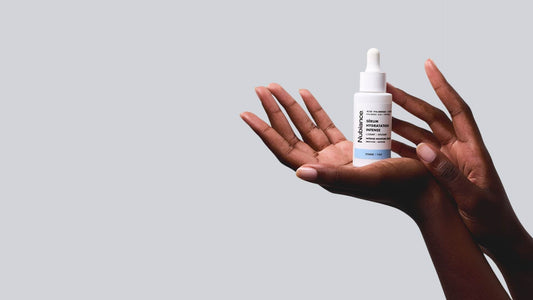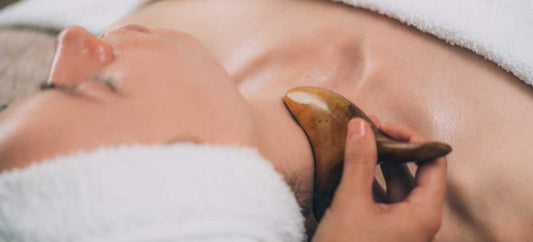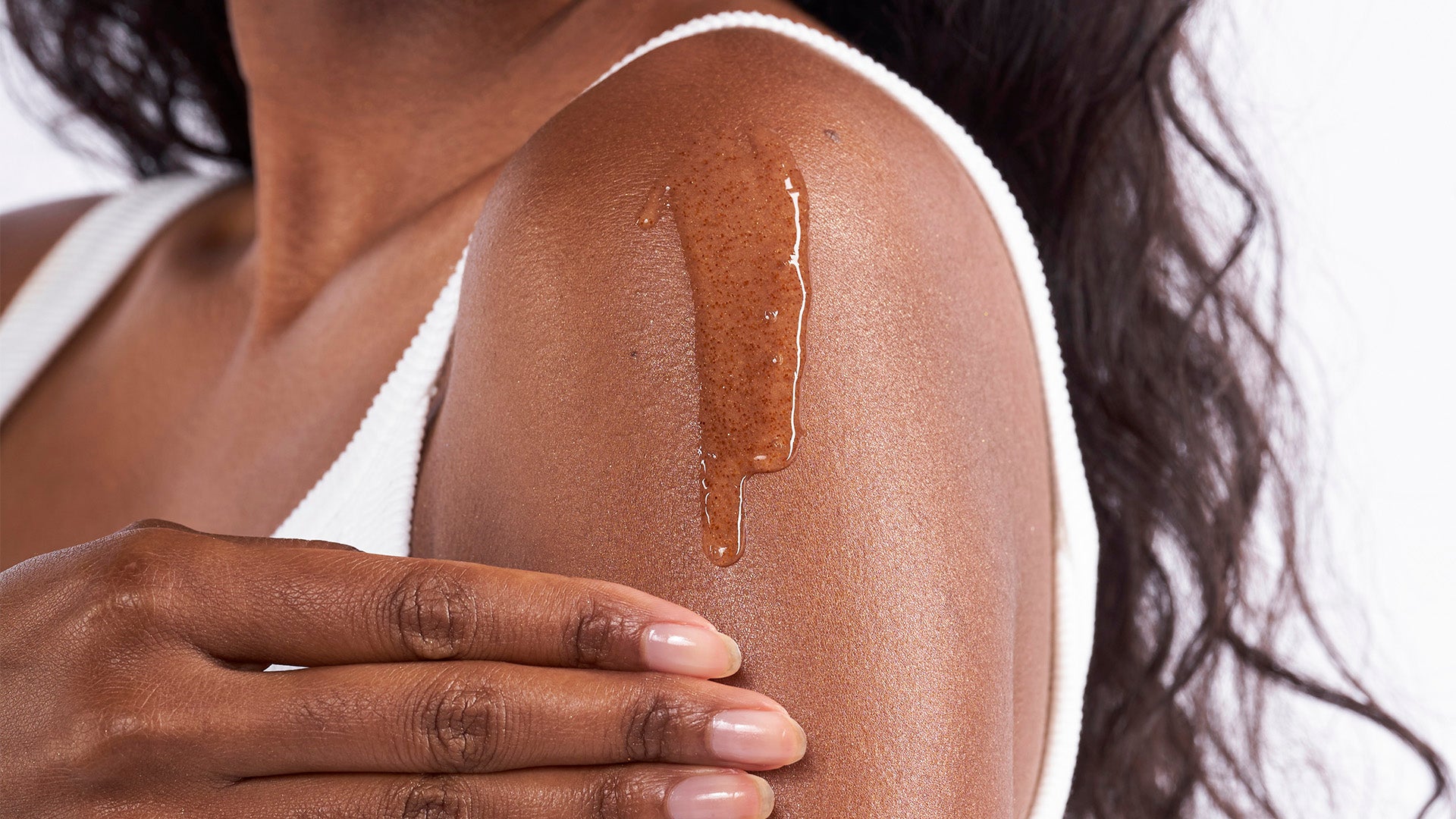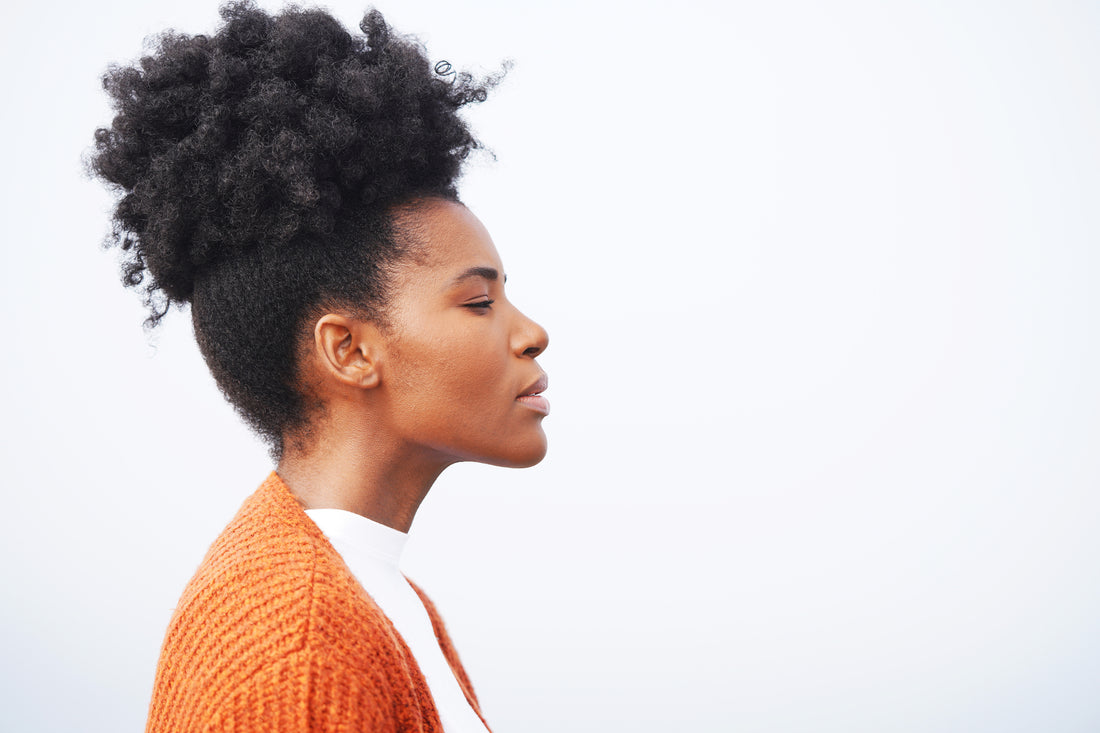
5 things to know about lentigo
Partager
Generally benign , lentigo remains a source of stress and embarrassment for those affected. These brown spots are linked to skin aging and appear most often on the skin but also on the nails and mucous membranes. Here are 5 things you need to remember about lentigo.
Lentigo affects areas exposed to the sun
Just like hyperpigmentation, lentigo or age spots generally affect parts of the body exposed to the sun, namely the face, arms, hands, neck, décolleté, shoulders and back. On the other hand, if pigment spots most often affect black and mixed skin, lentigo mainly affects light skin. Indeed, the genetic heritage of fair skin favors the formation of age spots.
Also called skin aging, lentigo appears with age if you also tend to expose yourself to the sun. It is strongly recommended to apply sunscreen with an SPF of at least 30 when you go out during the day.
An accumulation of melanin over the years
Ultraviolet rays are responsible for tanning the skin. They are necessary to maintain a magnificent complexion during and even after summer. But over the years, melanin stimulated by the sun accumulates in a localized manner. This is why with age, this high concentration of localized melanin turns into an age spot.
You should also know that melanin production increases over the years. Therefore, it is better to avoid exposing yourself to the sun for too long, especially when it is at its peak between 10 a.m. and 3 p.m. Always remember to apply an effective sunscreen and shorten the duration of exposure as you get older.
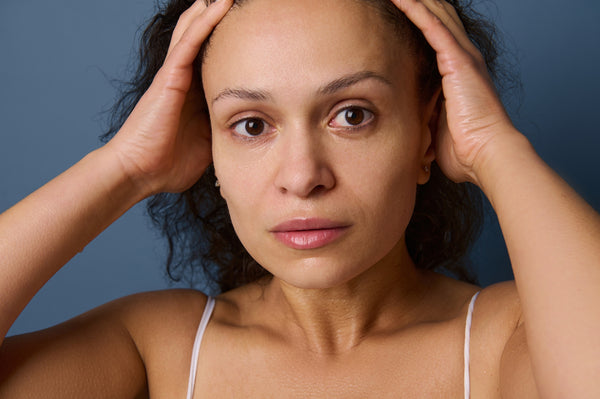
These are homogeneous spots
There are many types of age spots . Lentigo is characterized by the fact that it is homogeneous and can have a round or oval shape, flat or raised. Lentigines are also small spots of around 1 to 5 mm.
Then, these spots can have a buff yellow to dark brown color. In any case, a lentigo spot does not evolve. So, if you notice that your brown spots are increasing in volume, have an inhomogeneous appearance or an irregular border, consult a doctor or dermatologist.
There are several types of lentigo
It is important to know the type of lentigo that concerns you before taking any cosmetic or dermatological treatment. There is :
- Senile lentigo or the famous age spot which affects all photoexposed areas and often appears after the age of 60.
- Solar or actinic lentigo or sun spot which can appear at any age, even from childhood and adolescence. It is due to excessive exposure to the sun which tends to weaken the skin's solar capital.
- Congenital lentigo or birthmark: these café-au-lait spots appear from birth or early childhood. They can be numerous but remain benign.
- Lentiginoses are a group of lentigines often associated with cardiac, digestive or even neurological diseases.
Lentigo can be corrected easily
Several types of treatments exist to correct lentigo. You can adopt our anti-spot treatments and our anti-imperfection treatments which allow you to exfoliate the skin, regulate the production of melanin and correct pigment spots. But, you can also resort to other treatments like dermabrasion and laser to eradicate dark spots.

